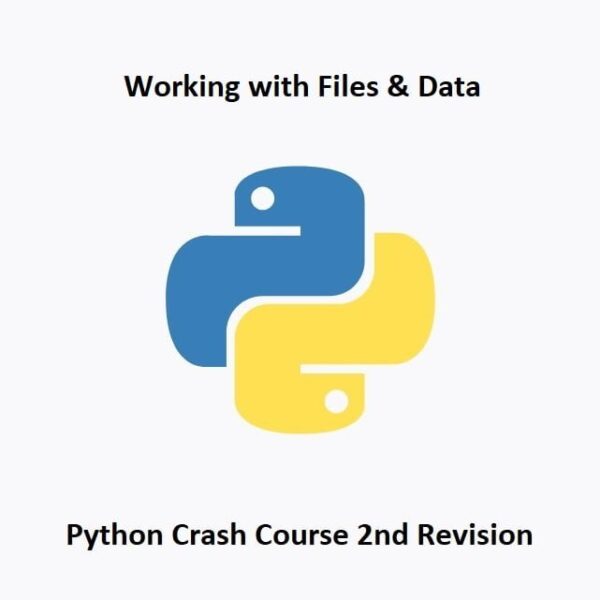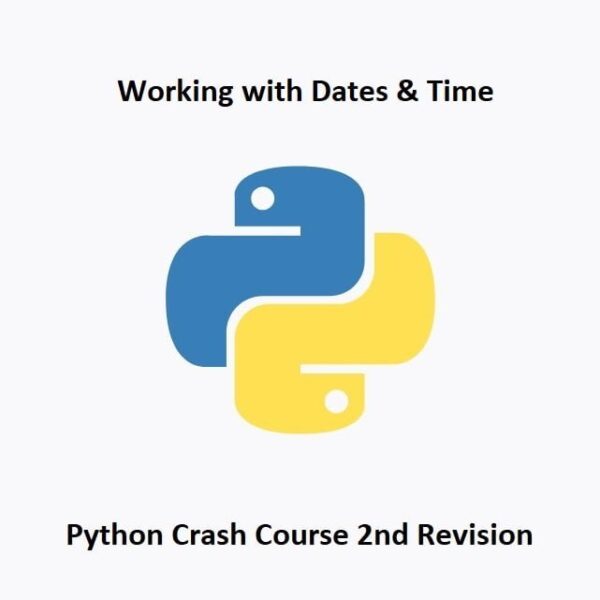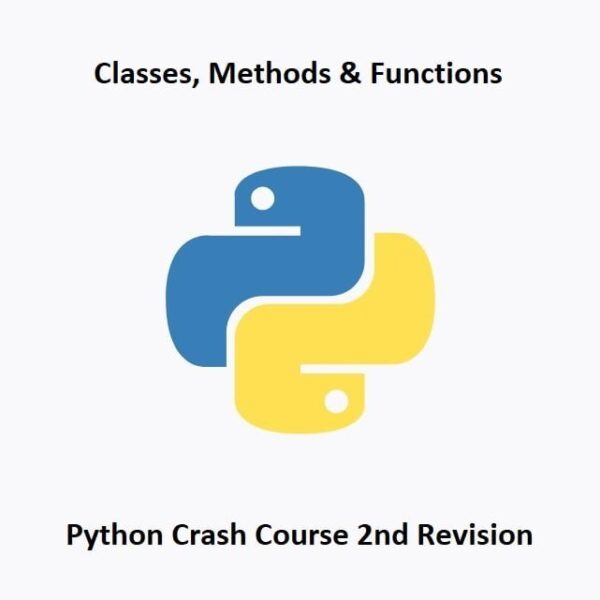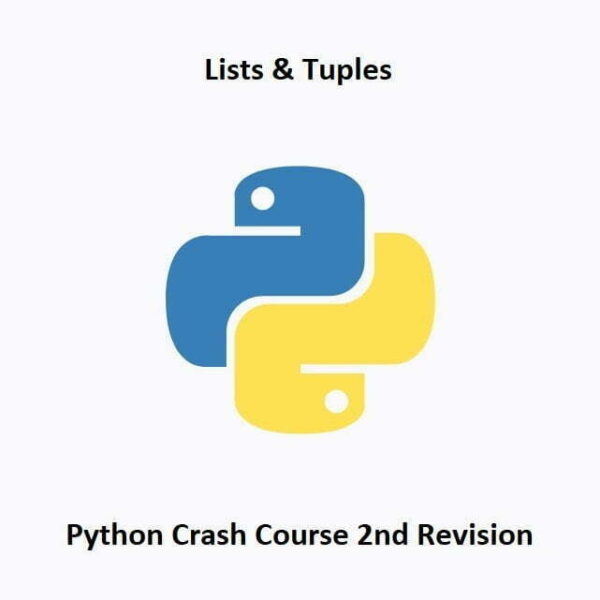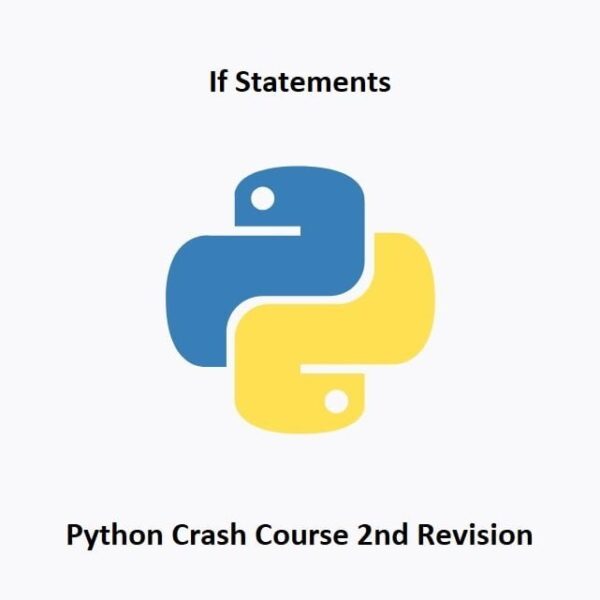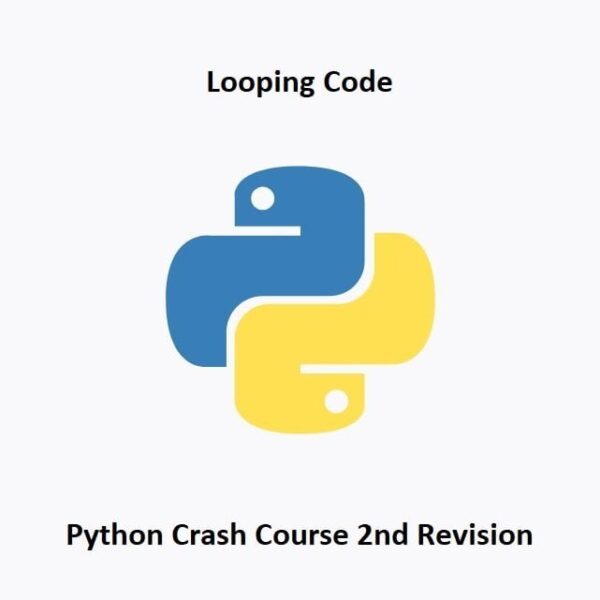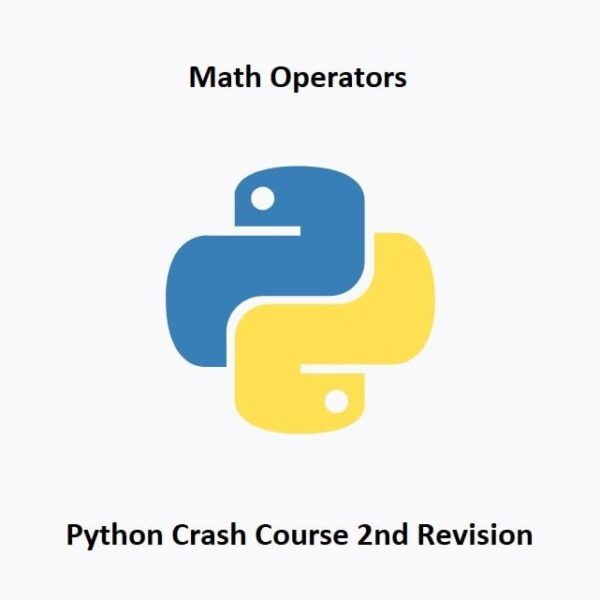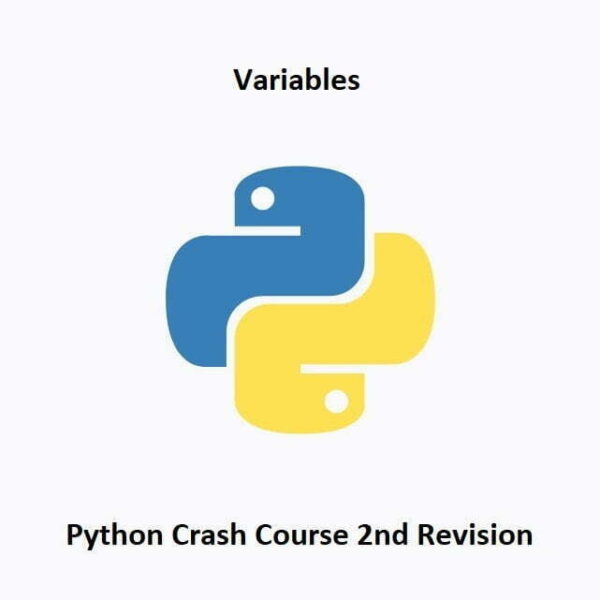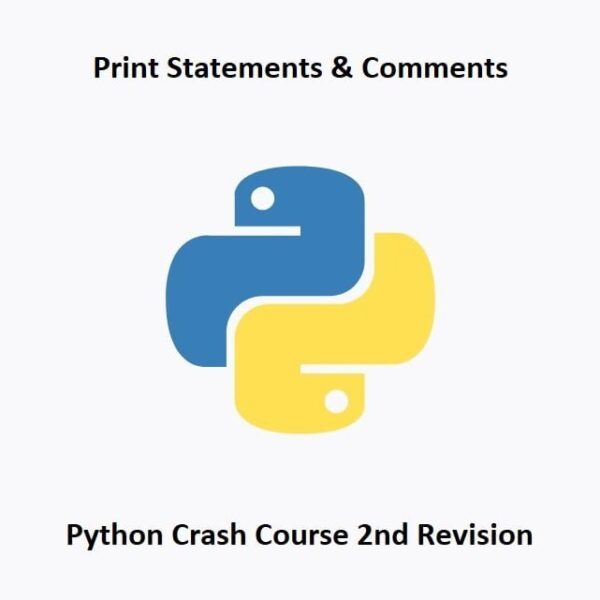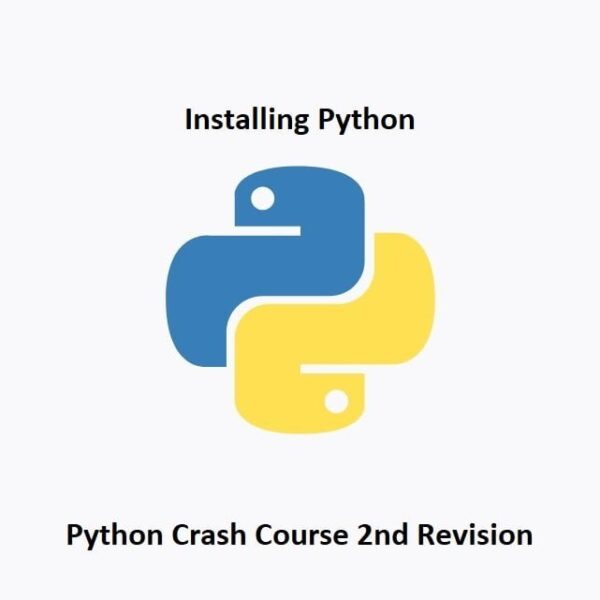OpenCV: Capturing and Saving Frames
From Pixels to Motion: A Guide to Frame Capture in OpenCV Step into the captivating world of computer vision as we explore the fundamentals of capturing frames with OpenCV. In this guide, we'll unravel the essence of frame acquisition, the building block of visual analysis. Whether you're diving into image processing, video analysis, or motion detection, understanding frame capture is the key to unlocking the potential of OpenCV. Let's embark on a journey where pixels come to life, and every…






